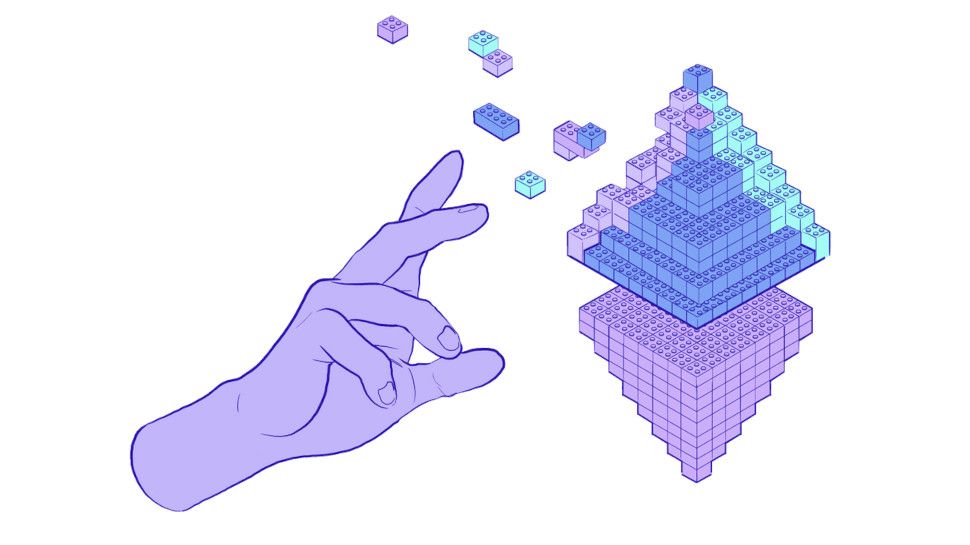
With just one week to go before the Ethereum 2.0 staking deadline, which will determine whether or not the network transitions to its next generation form, only 18.6% of the necessary value has been pledged.
For the launch of Ethereum 2.0 to take effect, 16,384 validators will need to stake a minimum of 32 ether (the cryptocurrency underpinning the network), which is worth circa $14,800 at current market rates.
If Ethereum 2.0 is to go live on December 1 as planned, the threshold needs to be met a full week ahead. According to figures from Dune Analytics, this means a further 426,000 ether (roughly $197 million) will need to be staked by November 24 – which now looks highly unlikely.
Ethereum 2.0 launch
Ethereum 2.0 was intended to roll out in phases over the coming months, but the launch of the Beacon Chain (triggered when the necessary quantity of ether flows into the network) represents the all-important first step.
The transition will see blockchain transition from a Proof-of-Work (PoW) consensus mechanism to Proof-of-Stake (PoS), whereby participants tie their cryptocurrency to the network as collateral. This model is generally considered to be a more effective and energy-efficient means of maintaining the network.
However, the apparent failure to meet the necessary value target to bring about the genesis event has placed unwelcome question marks over the project.
A large proportion of the value staked since deposit contracts went live has come from single, large-scale contributions. For example, Ethereum co-founder Vitalik Buterin pledged 3,200 ETH, while another anonymous wallet is responsible for a massive 17,088 ETH of the total 98,000 ETH committed thus far.
Setting aside the value threshold, with only 458 unique depositors, Ethereum 2.0 is also a long way from reaching the minimum number of participants too.
According to Danny Ryan, a developer tied to the Ethereum Foundation, if the necessary figure is not met in advance of November 24, the “genesis will be triggered seven days after this threshold has been met (whenever that may be).”
If the current rate of staking remains constant, however, this means the first stage of the Ethereum 2.0 project won’t arrive until 2021 – adding further delay to a project that has already been years in the making.
Via Decrypt
